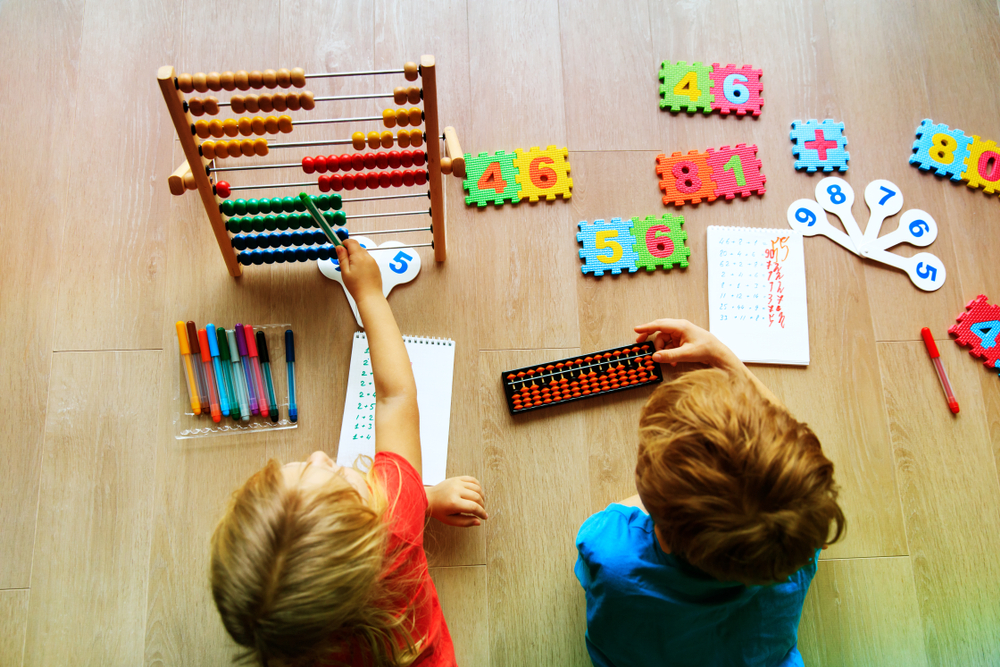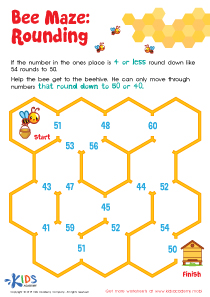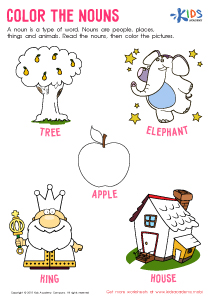Shape Recognition Numbers up to 100 Worksheets for Ages 6-7
3 filtered results
-
From - To
Shape Recognition Numbers up to 100 Worksheets for Ages 6-7
Introduce your child to an engaging way of learning with our Shape Recognition Numbers up to 100 Worksheets designed for ages 6-7. These dynamic worksheets blend fun and education, helping youngsters recognize numbers up to 100 through shape matching and identification games. Perfect for strengthening early math skills, these activities hone attention to detail, critical thinking, and hand-eye coordination. Bright illustrations and interactive tasks keep kids motivated and focused. Accessible and enjoyable, our worksheets are an excellent addition to your home or classroom resources, ensuring a comprehensive foundational understanding of numbers and shapes.
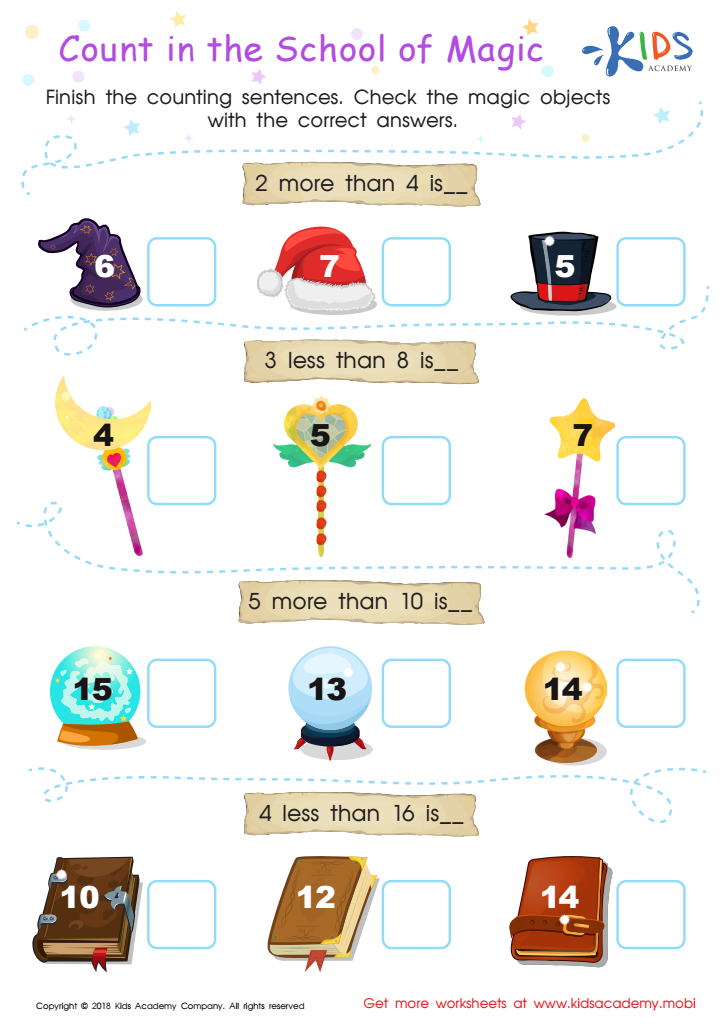

Count in the School of Magic Worksheet
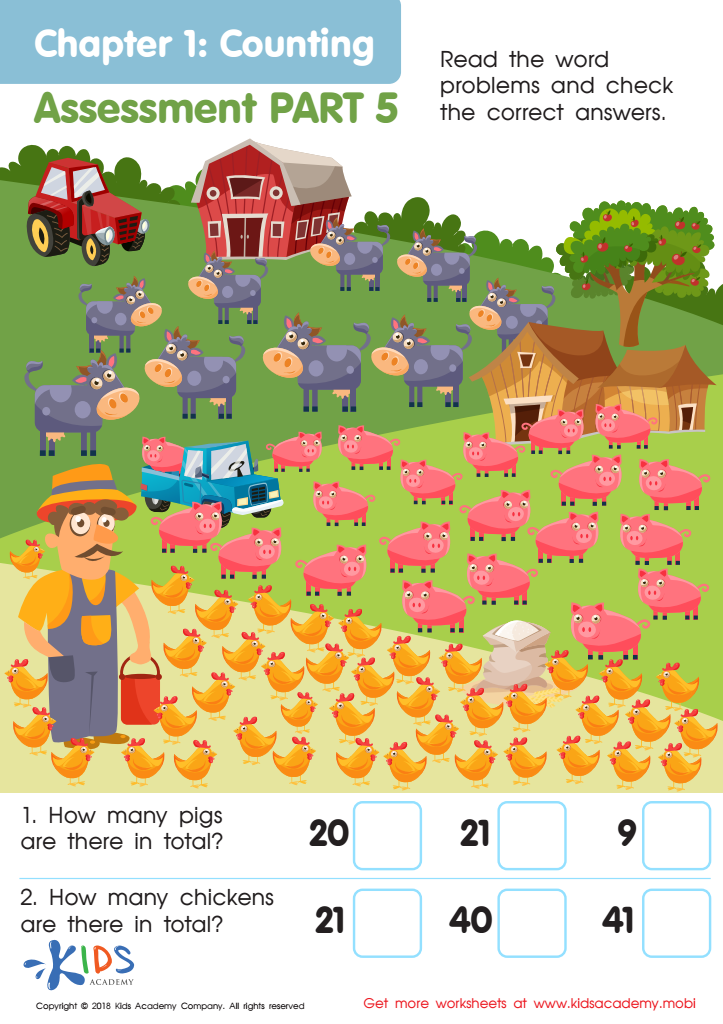

Counting: Assessment 5 Worksheet
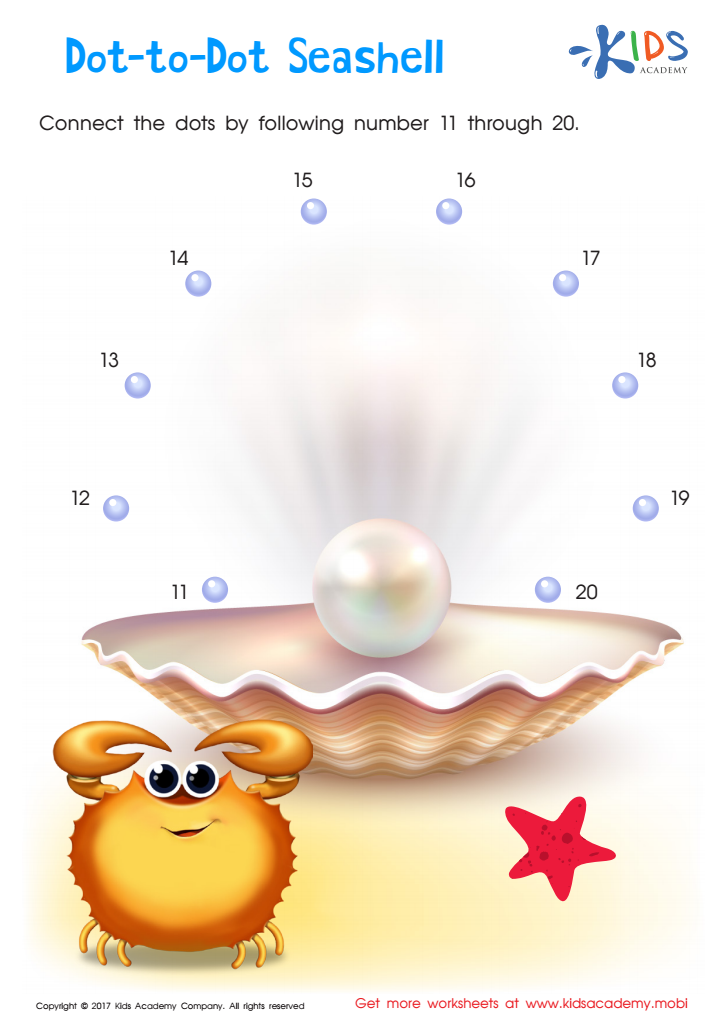

Ordering 11–20: Dot–to–dot Seashell Printable
Shape recognition and number understanding up to 100 is fundamental for children aged 6-7 as it underpins critical mathematical skills and cognitive development. At this developmental stage, children are moving from simple counting to more complex numerical concepts. Recognizing shapes helps youngsters understand geometric properties and spatial relationships, which are foundational for subjects like geometry. Simultaneously, working with numbers up to 100 helps children grasp place value, addition, subtraction, and eventual mental math operations.
Shape recognition also aids in pattern recognition, an essential skill that promotes logical and critical thinking. When children learn to identify and distinguish shapes, they enhance their visual-spatial skills, contributing to better problem-solving abilities. Understanding numbers up to 100 is essential for real-world applications, such as reading clocks, money handling, and performing simple measurements, ensuring that children can navigate daily tasks with confidence.
Parents and teachers contribute to building these skills through interactive and engaging activities that combine fun with learning, ensuring a well-rounded mathematical foundation. Supportive learning environments bolster self-esteem and provide the necessary encouragement for children to tackle more complex problems as they progress through their academic journey. Investing time in shape and number recognition at this age reaps long-term educational benefits.
 Assign to My Students
Assign to My Students




%20(1).jpg)



